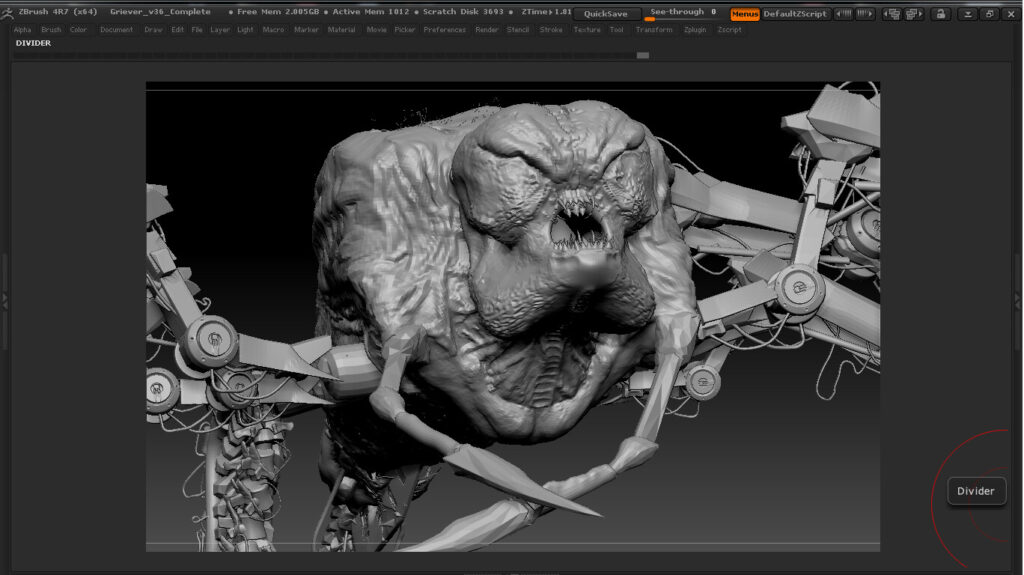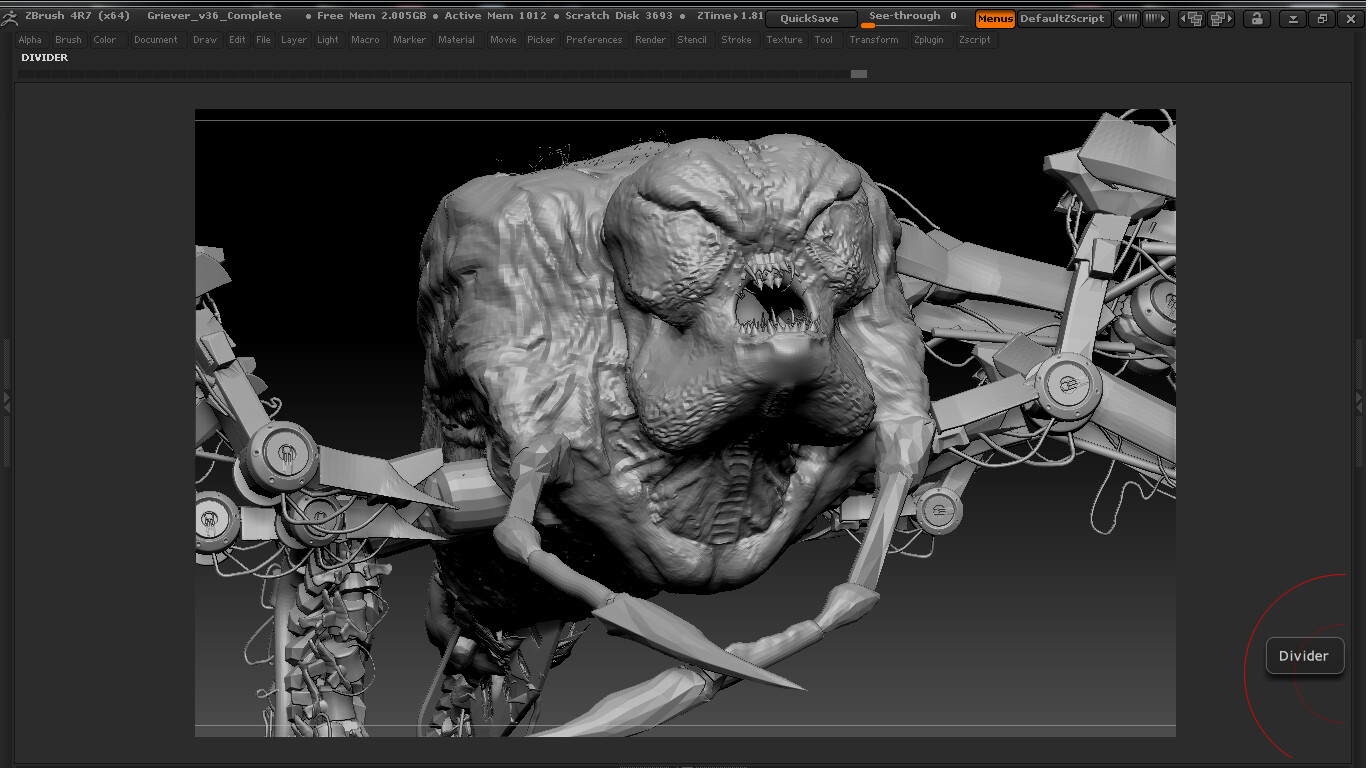
Grievers in Maze Runner: Understanding the Monstrous Guardians of the Glade
The Maze Runner series, penned by James Dashner, captivates readers with its dystopian setting and thrilling plot. At the heart of the Gladers’ struggle for survival are the Grievers, bio-mechanical monsters that patrol the Maze at night. Understanding the **Grievers in Maze Runner** is crucial to grasping the core conflict and the Gladers’ desperate fight for freedom. This article delves into the anatomy, behavior, purpose, and ultimate fate of these terrifying creatures.
What are Grievers? Anatomy and Physiology
The **Grievers** are not mere beasts; they are complex bio-mechanical organisms engineered to guard the Maze. Their appearance is a horrific amalgamation of organic and mechanical components. Described as bulbous, slug-like creatures, they are covered in metal spikes, blades, and various mechanical appendages. These include pincers, robotic arms, and a multitude of sharp protrusions designed to inflict maximum damage. Each **Griever** possesses a distinct, unsettling appearance, contributing to their frightening presence.
- Size and Shape: Roughly the size of a car, with a grotesque, slug-like body.
- Mechanical Components: Equipped with metal arms, spikes, and pincers for attack and defense.
- Biological Components: A slimy, organic body that is vulnerable to certain attacks.
- Sensory Apparatus: The **Grievers** use a combination of sensors to navigate the Maze, including sight, sound, and possibly even chemical detection.
The combination of organic and mechanical parts makes the **Grievers** formidable opponents. Their metallic components provide strength and durability, while their biological components allow them to move with surprising speed and agility. This hybrid design is a key element in understanding their effectiveness as guardians of the Maze.
The Behavior of Grievers: Nightly Terrors
The **Grievers** operate primarily at night, when the Maze doors close and the Gladers are supposedly safe within the Glade. However, the threat of a **Griever** attack is always present. Their nightly patrols serve to keep the Gladers trapped and to eliminate any who dare to venture into the Maze after dark. The sound of their clicking and whirring mechanisms strikes fear into the hearts of the Gladers, signaling impending danger.
Key aspects of **Griever** behavior include:
- Nocturnal Activity: They are most active at night, making the Maze incredibly dangerous.
- Aggressive Pursuit: They relentlessly pursue anyone who enters the Maze after dark.
- Territorial Defense: They fiercely defend their territory within the Maze.
- Code and Recognition: They respond to specific codes and can recognize Gladers who possess certain items or knowledge.
The **Grievers** are not mindless killing machines. They follow a set of programmed instructions and respond to specific stimuli. This is evidenced by their ability to recognize certain individuals and their adherence to the Maze’s ever-changing layout. Understanding their behavior patterns is crucial for the Gladers in their attempts to escape.
The Purpose of Grievers: Guardians of the Maze
The **Grievers** are more than just monsters; they serve a specific purpose within the larger context of the Maze Runner experiment. They are designed to test the Gladers, pushing them to their limits and observing their reactions under extreme pressure. The World Catastrophe Killzone Department (WCKD) uses the **Grievers** to gather data on the Gladers’ problem-solving abilities, resilience, and adaptability. [See also: WICKED in Maze Runner: A Deeper Look]
Their role can be summarized as follows:
- Testing Subjects: They are tools used by WCKD to assess the Gladers’ capabilities.
- Enforcement: They ensure that the Gladers remain within the confines of the Maze.
- Elimination: They eliminate Gladers who fail to meet WCKD’s standards or who pose a threat to the experiment.
- Data Collection: WCKD monitors the Gladers’ interactions with the **Grievers** to gather valuable data.
The **Grievers** are integral to WCKD’s research. They represent the constant threat that motivates the Gladers to work together and to find a way out of the Maze. Without the **Grievers**, the experiment would lack the necessary pressure to produce meaningful results. Understanding their purpose sheds light on the ethical complexities of WCKD’s actions.
Griever Hole and the Escape
The **Griever Hole** is a pivotal location in the Maze Runner narrative. It’s the designated area where the **Grievers** disappear during the day, and ultimately, the Gladers’ escape route. Finding the **Griever Hole** and understanding its significance is critical to the Gladers’ plan. It is discovered that entering the **Griever Hole** requires being stung by a **Griever**, which triggers a memory retrieval process known as the Changing.
Key aspects of the **Griever Hole** include:
- Entry Point: The **Griever Hole** serves as the entry point to the WCKD facility.
- Memory Retrieval: Being stung by a **Griever** near the **Griever Hole** allows Gladers to regain suppressed memories.
- Escape Route: The Gladers ultimately use the **Griever Hole** as their escape route from the Maze.
- Strategic Importance: The location of the **Griever Hole** is a closely guarded secret, making it a strategic advantage for the Gladers.
The **Griever Hole** is more than just a physical location; it represents the Gladers’ hope for freedom. It’s the culmination of their efforts to understand the Maze and to find a way out. The risks associated with entering the **Griever Hole** are immense, but the potential reward – escape – makes it a risk worth taking. The **Griever Hole** is directly related to the **Grievers** themselves, as the Gladers needed to be stung by them to regain lost memories.
The Changing and Memory Retrieval
The Changing is a crucial process triggered by a **Griever** sting. It induces a state of delirium and fever, during which the stung Glader begins to remember fragments of their past life. While the process is painful and disorienting, it provides valuable clues about the Maze and WCKD’s motives. The Changing reveals that the Gladers were deliberately placed in the Maze as part of an experiment. The **Grievers** and the Changing are essential parts of WCKD’s manipulation.
Key aspects of the Changing include:
- Trigger: A **Griever** sting initiates the Changing.
- Symptoms: Delirium, fever, and memory recall are common symptoms.
- Memory Fragments: The Changing allows Gladers to remember fragments of their past life.
- Strategic Advantage: The information gained during the Changing is crucial for the Gladers’ survival.
The Changing is a double-edged sword. While it provides valuable information, it also exposes the Gladers to psychological trauma. The memories they regain are often disturbing, revealing the extent of WCKD’s manipulation. However, without the Changing, the Gladers would remain ignorant of their true purpose and would have little chance of escaping the Maze. [See also: The Role of Memory in Maze Runner]
The Demise of the Grievers
As the Gladers progress in their understanding of the Maze, they begin to devise strategies to combat the **Grievers**. They discover that the **Grievers** are vulnerable to certain attacks, particularly those targeting their organic components. By exploiting these weaknesses, the Gladers are able to reduce the **Griever** population and eventually clear a path to the **Griever Hole**.
Several factors contribute to the **Grievers’** demise:
- Glader Resistance: The Gladers’ increasing knowledge and combat skills make them more effective in fighting the **Grievers**.
- Weaknesses Exploitation: The Gladers learn to exploit the **Grievers’** vulnerabilities.
- Maze Navigation: As the Gladers map the Maze, they gain a strategic advantage over the **Grievers**.
- WCKD’s Control: Ultimately, WCKD deactivates or removes the **Grievers** as the experiment progresses.
The demise of the **Grievers** marks a turning point in the Maze Runner narrative. It signifies the Gladers’ growing strength and their determination to escape WCKD’s control. While the **Grievers** are no longer a direct threat, their legacy continues to haunt the Gladers as they face new challenges in the outside world. The **Grievers** existence was a key part of the Glade’s structure.
Conclusion: The Lasting Impact of the Grievers
The **Grievers** are more than just monstrous antagonists in the Maze Runner series; they are integral to the story’s themes of survival, resilience, and the ethical implications of scientific experimentation. Their presence shapes the Gladers’ experience, forcing them to confront their fears and to work together in the face of overwhelming odds. Understanding the anatomy, behavior, and purpose of the **Grievers** provides valuable insight into the complex world of the Maze Runner and the Gladers’ desperate quest for freedom. The **Grievers** remain a chilling reminder of the dangers of unchecked power and the importance of fighting for what is right. The fear instilled by the **Grievers** motivates the Gladers to push beyond their limits and ultimately find a way out of the Maze. The impact of the **Grievers** is felt throughout the entire series, long after they are gone. The constant threat of the **Grievers** shaped the Gladers into the resilient and resourceful individuals they become.

